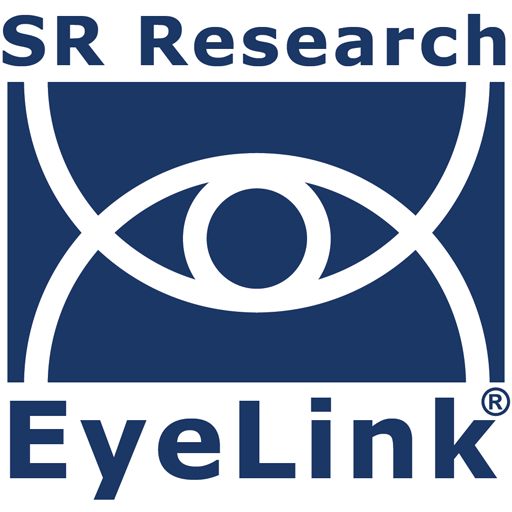Case Study: Pupil Size and Eye Movements as Indexes of Cognitive Effort in Younger and Older Adults

The assessment of mental effort is a crucial area in neurocognitive and lifespan domains, particularly in understanding age-related challenges like hearing loss. Traditional methods, such as pupillometry (measuring pupil size), have been widely used but are susceptible to lighting changes and age-related reductions in dilation range.
In their recent research paper, “Pupil size and eye movements differently index effort in both younger and older adults,” Björn Herrmann and Jennifer D. Ryan (2024) used eye tracking technology to address the questions: How do pupil size and eye movements (specifically, gaze dispersion) reflect mental effort across different levels of speech comprehension difficulty, and do these measures differ between younger and older adults.
The researchers aimed to investigate whether eye movements could provide a more robust and comprehensive measure of effort, particularly in scenarios where individuals might “give up” effort investment due to impossible task demands, a profile often observed with pupil size (an inverted U-shape).
Eye Tracking Effort in Younger and Older Adults
Herrmann and Ryan (2024) conducted three experiments with younger and older adults, who listened to speech masked by background babble at varying signal-to-noise ratios (SNRs) corresponding to easy, difficult, and impossible speech comprehension. Participants’ pupil size and gaze dispersion were continuously recorded using an SR Research EyeLink 1000 eye tracker.
A critical aspect of the methodology was the presentation of an incidental multi-object movement display to facilitate natural eye movements, addressing a limitation of traditional pupillometry which often requires central fixation. The experiments progressively introduced cues about the upcoming speech difficulty, from no cues in Experiment 1 to visual cues in Experiment 2, and blocked SNR conditions with text-based difficulty information in Experiment 3. This allowed for an investigation into the role of anticipation in effort regulation.
Pupil Size and Gaze Show Insight into Mental Effort
The study yielded distinct patterns for pupil size and gaze dispersion:
- Pupil Size: Consistent with previous research, pupil size exhibited an inverted U-shaped profile, being largest during difficult speech comprehension and smaller for easy and impossible conditions. This pattern suggests that pupil dilation is sensitive to active mental effort investment, decreasing when the task is too easy or when individuals disengage due to perceived impossibility. This finding was observed across age groups.
- Gaze Dispersion (Eye Movements): In contrast to pupil size, gaze dispersion consistently decreased with increasing speech masking (i.e., with decreasing SNR). This reduction in eye movements was observed for both difficult and impossible comprehension conditions. Critically, this reduction in gaze dispersion for impossible speech continued even after the sentence ended, when acoustic differences ceased, suggesting that it was driven by a cognitive process rather than mere acoustic factors. Furthermore, in Experiment 3, gaze dispersion was already reduced before sentence onset when participants could anticipate the difficulty, indicating its sensitivity to anticipatory cognitive processes.
While pupillometry effectively captured the “inverted U-shaped” effort profile linked to arousal systems, gaze dispersion provided a different perspective, reflecting a continuous reduction in visual exploration as listening challenges increased.
The study by Herrmann and Ryan (2024) demonstrates that pupil size and eye movements (gaze dispersion) offer distinct, yet complementary, insights into mental effort during challenging listening conditions. While pupil size reflects an arousal-driven effort profile, gaze dispersion appears to index a cognitive process related to internal attention and avoidance of external visual input. These findings underscore the importance of utilizing a multifaceted approach to quantify mental effort, recognizing that different physiological measures can capture distinct underlying neurocognitive mechanisms. The integration of eye-tracking metrics like gaze dispersion provides a more nuanced understanding of how individuals navigate and respond to cognitive demands.
有关眼动追踪如何帮助您的研究的信息,请查看我们的解决方案和产品页面或联系我们。我们很乐意为您提供帮助!
